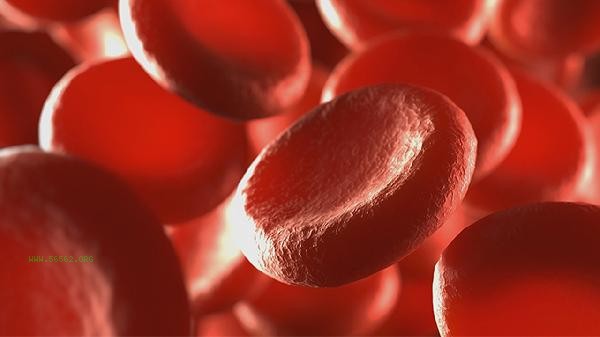Eosinophils at 0.03 × 10 ⁹/L are considered mildly low and usually do not require excessive concern. Eosinophilia may be related to physiological fluctuations, drug effects, acute infections, changes in hormone levels, or blood system diseases.

1. Physiological fluctuations:
eosinophil count exhibits circadian rhythm changes, with lower counts in the morning and higher counts at night. Intense exercise, stress state, or pregnancy may also cause temporary decline, which can generally be restored to normal after re examination and does not require special treatment.
2. Drug factors:
Corticosteroid drugs such as prednisone and dexamethasone can inhibit eosinophil production, while antibiotics such as penicillin and beta agonists such as salbutamol may also cause a decrease in values. After stopping the medication, most cases can recover on their own within 1-2 weeks.
3. Acute infection: During the acute phase of bacterial or viral infection, eosinophilia may occur, often accompanied by inflammation such as fever and elevated C-reactive protein. Commonly seen in diseases such as pneumococcal pneumonia and influenza, the values gradually increase after infection control.

4. Endocrine effects:
Endocrine diseases such as Cushing's syndrome and hyperthyroidism can lead to elevated cortisol levels, which in turn inhibit eosinophil differentiation. This type of condition is usually accompanied by typical symptoms such as central obesity, hand tremors, and palpitations, and requires further evaluation by an endocrinologist. 5. Hematological system abnormalities: Hematological system diseases such as aplastic anemia and myelodysplastic syndrome may cause a decrease in whole blood cells, often accompanied by a synchronous decrease in hemoglobin and platelets. Diagnosis should be confirmed through bone marrow puncture and other examinations.
It is recommended to maintain a regular daily routine and avoid staying up late. It is recommended to supplement animal liver, eggs, and dark green vegetables that are rich in vitamin B12 in moderation. If the re examination continues to be low or accompanied by symptoms such as fatigue and repeated infections, it is necessary to complete peripheral blood smear, bone marrow examination, and other examinations to identify pathological factors. Avoid taking hormone drugs without authorization in daily life. When abnormal indicators are found during physical examination, comprehensive judgment should be made based on other blood routine parameters.









Comments (0)
Leave a Comment
No comments yet
Be the first to share your thoughts!